#mathsblr
Explore tagged Tumblr posts
Text

"contrapositives are for cowards"
1K notes
·
View notes
Text
Is it just me or is tableau the sexiest word ever
like mmmmm
Tableau
28 notes
·
View notes
Text

exam season's coming
9 notes
·
View notes
Text
A class of curves
During my thesis, researching ways of flow around rocks and ships near the surface of water, I found a set of equations that can be used to model these weirder shapes. One example was the lemon curve, which you saw as the cricket ball simulation I showed earlier. The other is a generalised version of these that allows one to customise the location of bumps on the surface of the solid. The following plots were made in python.
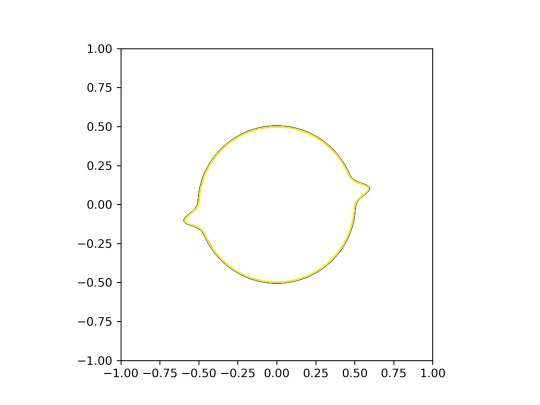
Lemon curves (name courtesy of my fabulous sister @mrunmione) - the shape used to model a cricket ball
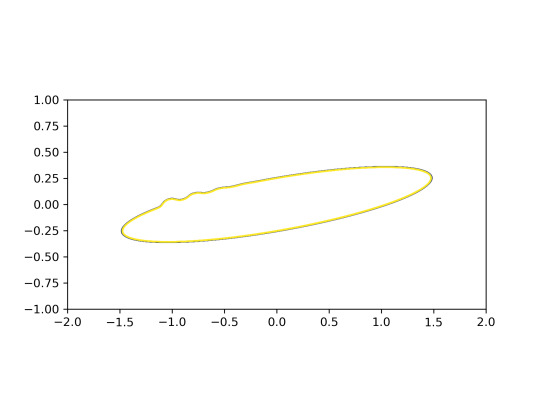
Crocodile curves (because they literally look like crocodiles)
Why are they important? ↓
It is important that when you model obstacles, you do so with at least second-differentiable functions, which means that they can be differentiated at least twice without behaving badly.
This is due to the nature of equations used to model fluids, called the Navier Stokes equations, which is based on Newton's 2nd law of motion, the force applied on an object is proportional to the acceleration (which is where the 2nd derivative comes into play).
70 notes
·
View notes
Text
november 3rd: 29/100 days of productivity
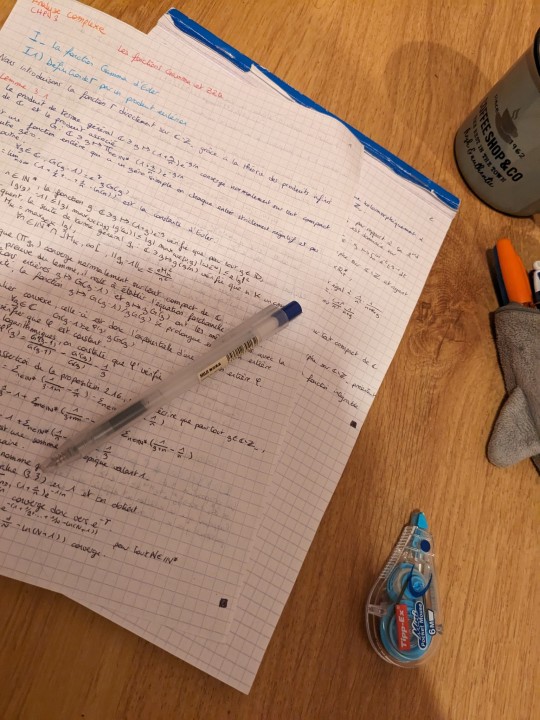

took note for my analysis class
start reviewing exercises of my probability class
I'm back in my hometown for my autumn break. I missed my cat so much it was nice to see him
#100 days of studying#100dop#100 days of productivity#dark academia#light academia#books#studyblr#studyspo#bookblr#book#dark academia aesthetic#study aesthetic#uniblr#uni life#uni#france#stem dark academia#stem#mathsblr
27 notes
·
View notes
Text
The search for dark matter
Post #6 on Physics and Astronomy, 06/10/23
Welcome back.
This time, I’m going to be talking about how astronomers and physicists have made an effort to detect and provide evidence for the existence of dark matter.
To recap from my first issue, it’s worth talking about what dark matter actually is. It’s a type of matter estimated to make up about 80% of the Universe’s matter. To date, it hasn’t been detected. Light passes straight through, it is assumed, however we infer the existence of such a substance due to its gravitational influence.
We can take an example from the Bullet Cluster. This is a pair of galaxy clusters that collided head-on a while ago. That pink mist you see in the photo is hot gas, and within it most of the regular matter. The blue mist, on the other hand, is dark matter, and where most of the mass of these two galaxies were in this photo.

Vera Rubin and Kent Ford
Vera Rubin and Kent Ford were two astronomers who had worked together to observe the Andromeda Galaxy, more specifically the rotational velocities of concentric regions from the center. The prediction was that, the further you looked from the center, the less the velocity of the stars within that region, since a greater centripetal force would be required to maintain a high-velocity orbit. This, however, was not the case.
It was observed that the velocity remained nearly constant the further you went out. Wait a minute, though, this didn’t make sense–that velocity was high enough, in theory, to make the stars fly off into space. But they weren’t.
These findings matched those of Fritz Zwicky. He was a Swiss astronomer who had studied the Coma galaxy cluster. He made the same observation–the speeds were so high that the stars should just have been flung off into space. His findings, however, were ignored.
Experiments to detect dark matter
So far, experiments to detect dark matter have been largely unsuccessful. Some of these include PICASSO, LUX-ZEPLIN, EURECA, FUNK, KIMS, DarkSide, Edelweiss, DARWIN, and DAMA/LIBRA, which is what I’m exploring next.
This detector in particular, introduced promising results which ended up the subject of dispute. DAMA/LIBRA, which hoped to capture activity from WIMPs (Weakly Interacting Massive Particles), returned a signal with a period of one year. This looked to be one step closer to affirming dark matter’s existence–however, COSINE-100, an experiment set up to mirror that of DAMA/LIBRA, could not reach those same results, which led to the belief that the signal detected could be from some other factor.
The search for dark matter is one that interests me very much. It’s like telling someone in the Stone Age that metal exists, and they should go find it. Except, dark matter is seemingly even more impossible to find, since we can’t perceive it, with the human eye or the best of our current technology. Which, I guess you could argue, would be exactly how the Stone Age person would have felt, but you understand my point.
That said, it’s something I’m eagerly watching. The day we find something promising? You’ll hear it first from me.
#physics#studyblr#astronomy#engineering#astrophysics#stem#sixth form#alevels#dark matter#dark energy#mathematics#physicsblr#mathsblr
50 notes
·
View notes
Text
Here's a math problem related to the current year:

2 notes
·
View notes
Text
Don't get on the wrong side of a set theorist, because they could construct the set of all sets that contain your inevitable demise
2 notes
·
View notes
Text
guess who just calculated how much time do you exactly need to write an avg 80 marks paper if you complete 25 marker tests in 1 hours.
It's 3 hours 12 minutes
And according to that we have 2.5625 min for 1 markers, 5.125 mins for 2 markers, 7.6875 mins for 3 markers, 10.25 mins for 4 markers and 12.8125 for 5 markers.
Wow. I love math NGL.
4 notes
·
View notes
Text
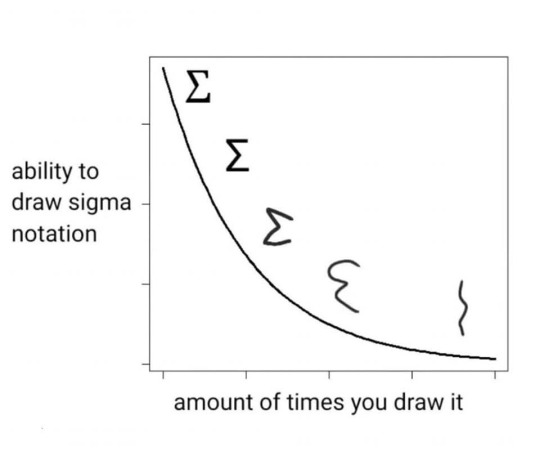
963 notes
·
View notes
Text
(Not) Daily Problem: The first polygon (3)
Yet more pretty geometry questions
(Can you tell that I like geometry?)
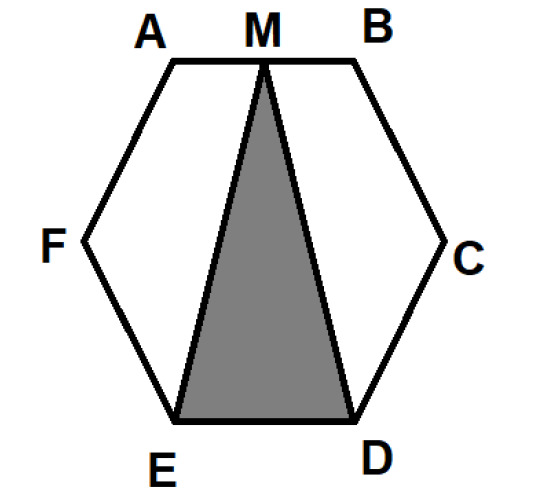
ABCDEF is a regular hexagon M is the midpoint of AB What fraction of the hexagon is shaded by the triangle EMD?
Give it a go! Consider the shapes, perhaps the sheer transformation of them in your mind might help :P (<- hint)
Hint explanation and answer under the cut:
The first step to solving this question, is to use a shear transformation :P
Move the point M across to A, the area of the triangle still remains the same, since its base and perpendicular height don't change
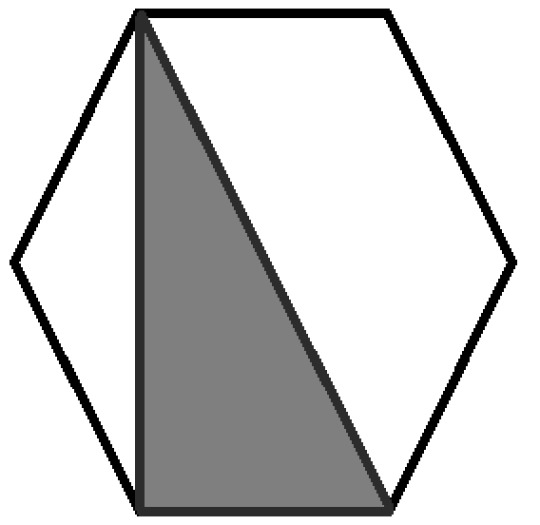
From here, you have a few options that work, but my personal favourite, and I think the simplest, is to split the hexagon into many shapes, like so:
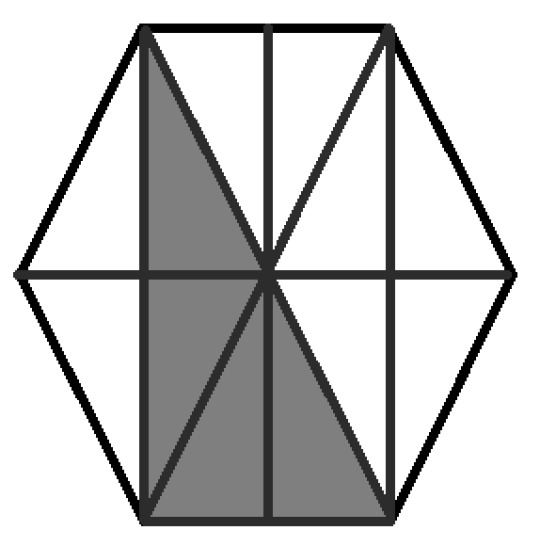
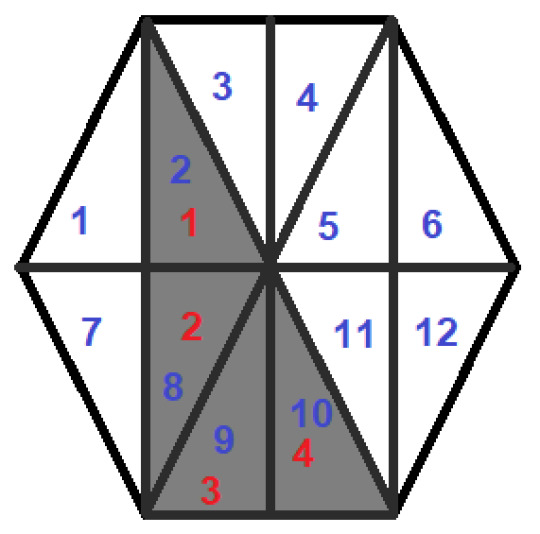
and suddenly it becomes a lot easier to count :P
So the fraction of the hexagon shaded is:
⁴⁄₁₂ = ⅓
and that is your answer ^w^
You can prove that all the triangles are the same (and therefore that this answer is correct) using the fact that a hexagon is made up of 6 equilateral triangles. We then cut the triangles in half and use that grid to measure the fraction of the shape that is shaded. This means that all the smaller right angled triangles must be equal in area, and therefore that our answer holds ^w^
(You can also solve this using trig, but I find that more boring :P)
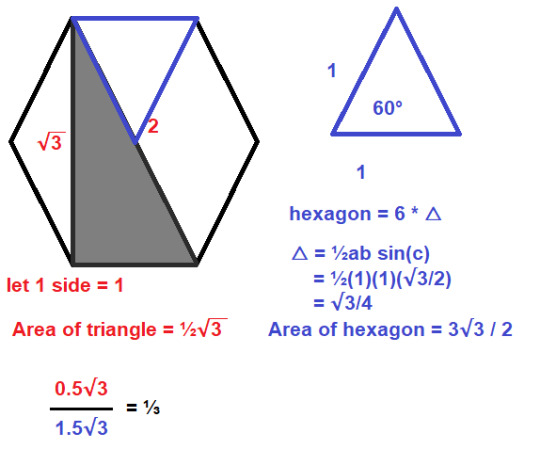
Thanks for reading ^w^
21 notes
·
View notes
Photo
This reminds me of when one of my moots who wasn't into math thought that Golden Ratio is just a fancy term for Eurocentric Beauty standards. Definitely an understandable misconception due to how much of that number's hype in beauty filters, designs, and nature is cherry-picked or factually incorrect.
Here's a good video on the topic:
youtube
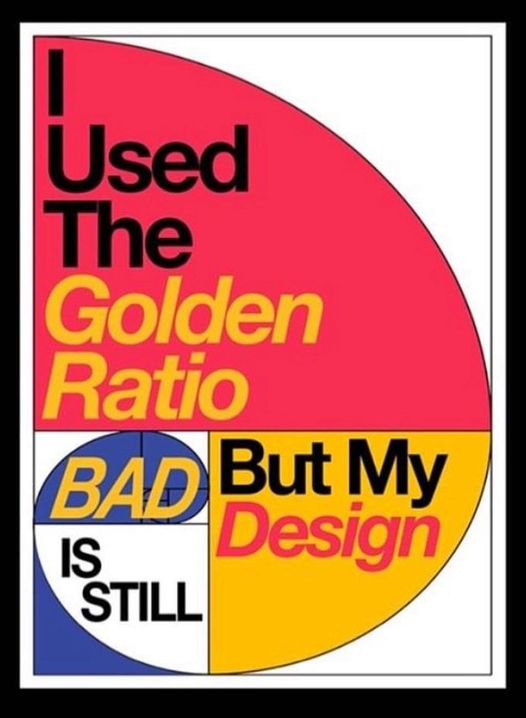
60K notes
·
View notes
Text
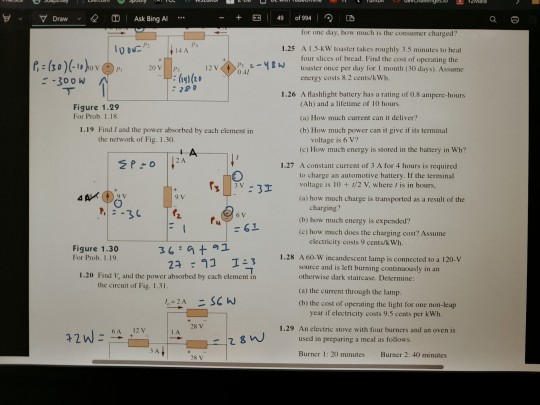
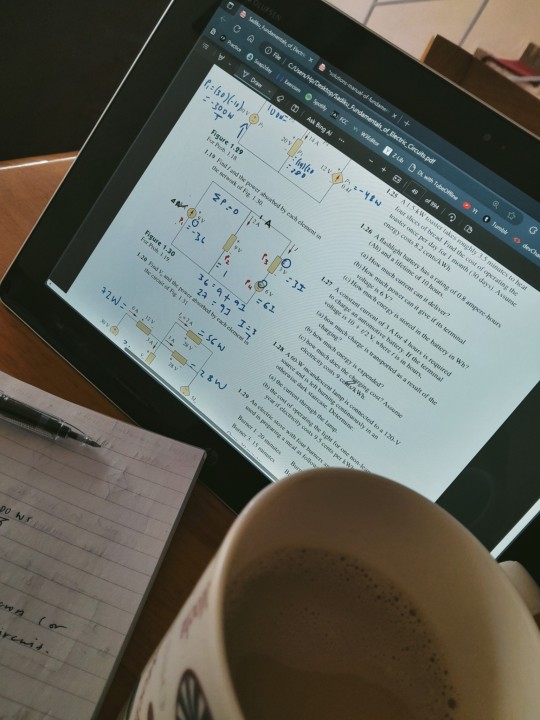
electric circuit fundamentals + coffee
33 notes
·
View notes
Text
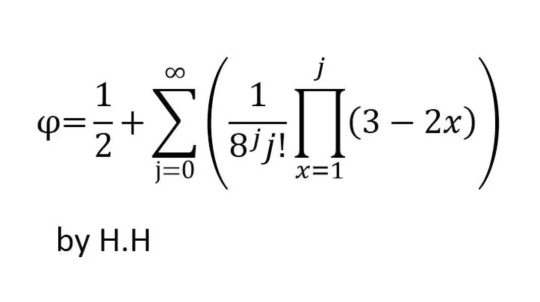
a fascinating identity found on facebook (not all facebook is bad it seems)
31 notes
·
View notes
Text
12th october : 10/100 days of productivity

create a quizz with basics probability law
finish studying class notes of my probability class
review some old exercises of my probability class
It's been a while since I updated the challenge, but I am still going at it!
I did take a break during one weekend because exam season is starting for me and I needed it before the rush haha.
#100dop#100 days of studying#100 days of productivity#dark academia#light academia#studyblr#books#studyspo#bookblr#book#dark academia aesthetic#study aesthetic#uniblr#uni#uni life#mathsblr#stem dark academia
23 notes
·
View notes
Text
I'd get rid of both trends if I could. But if I could only get rid of one, I'd probably pick the “girl math” trend (with apologies in advance to Alan Turing for not getting rid of “too gay for math”).
At least straight dude bros with podcasts won't really perpetuate the “too gay for math” trend's stereotype as much as the stereotype of girls being bad with money & math that the “girl math” trend enables.
159 notes
·
View notes